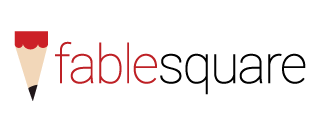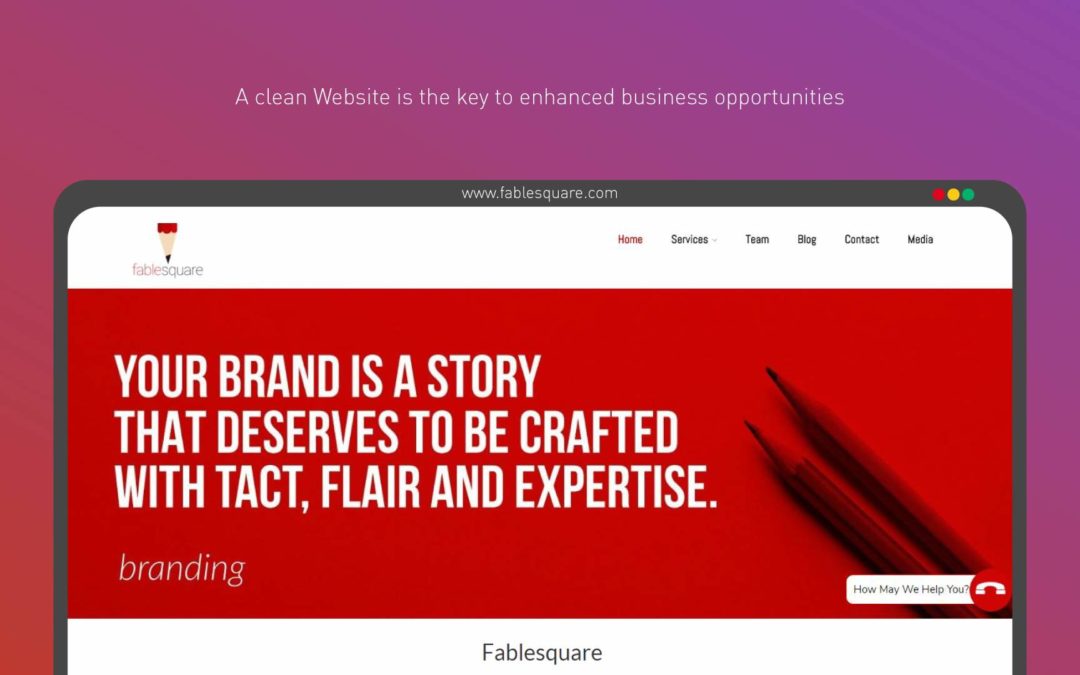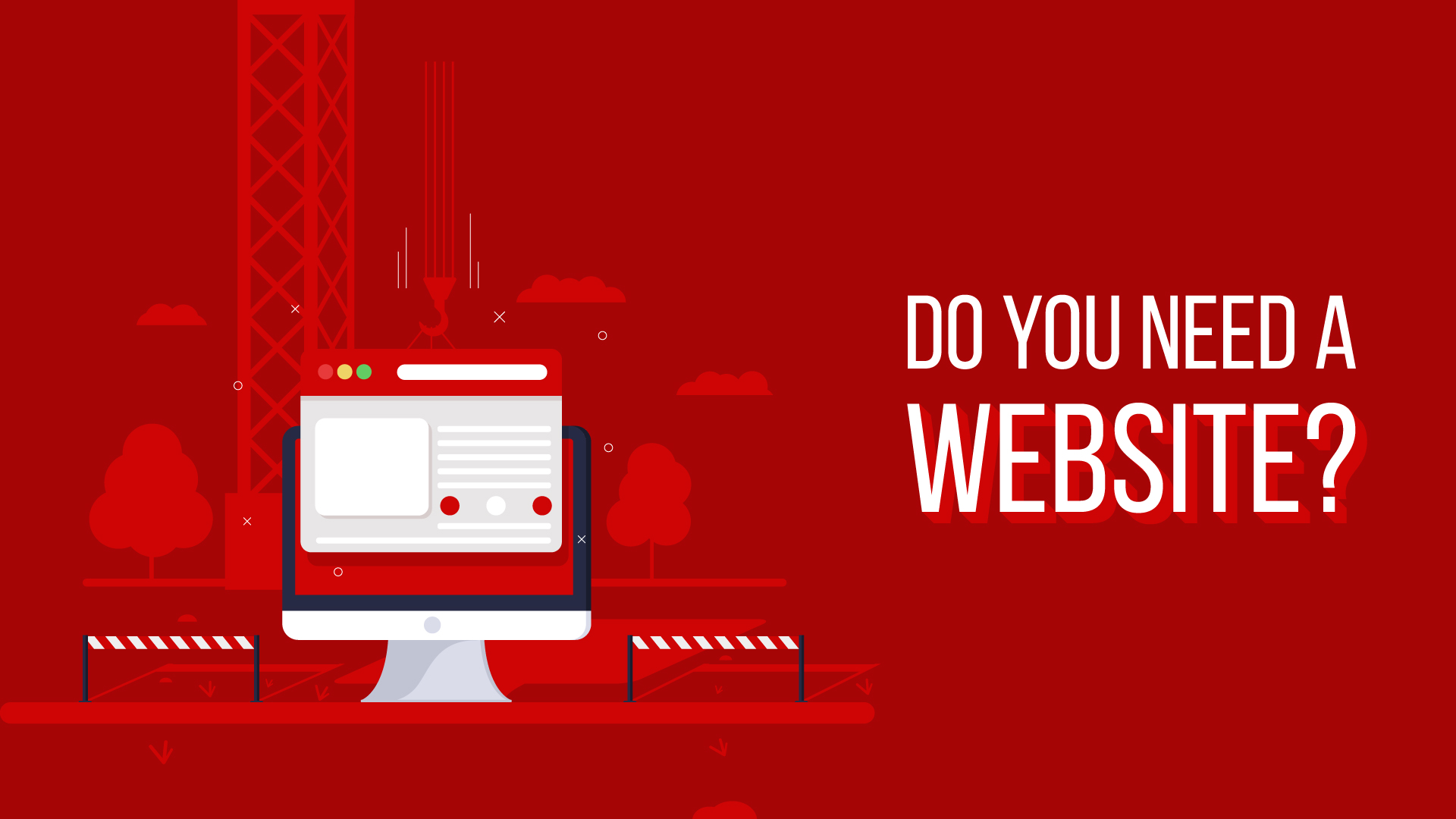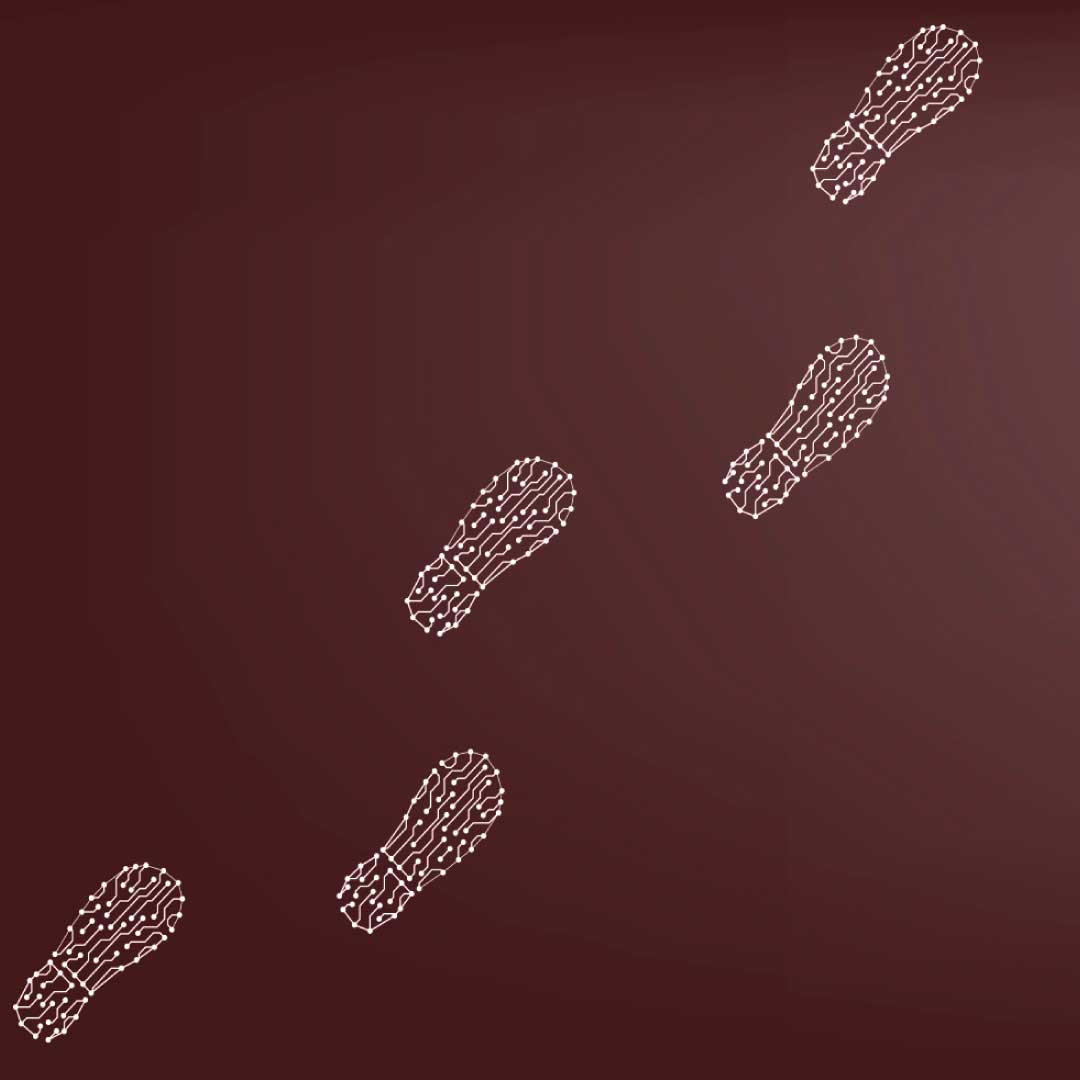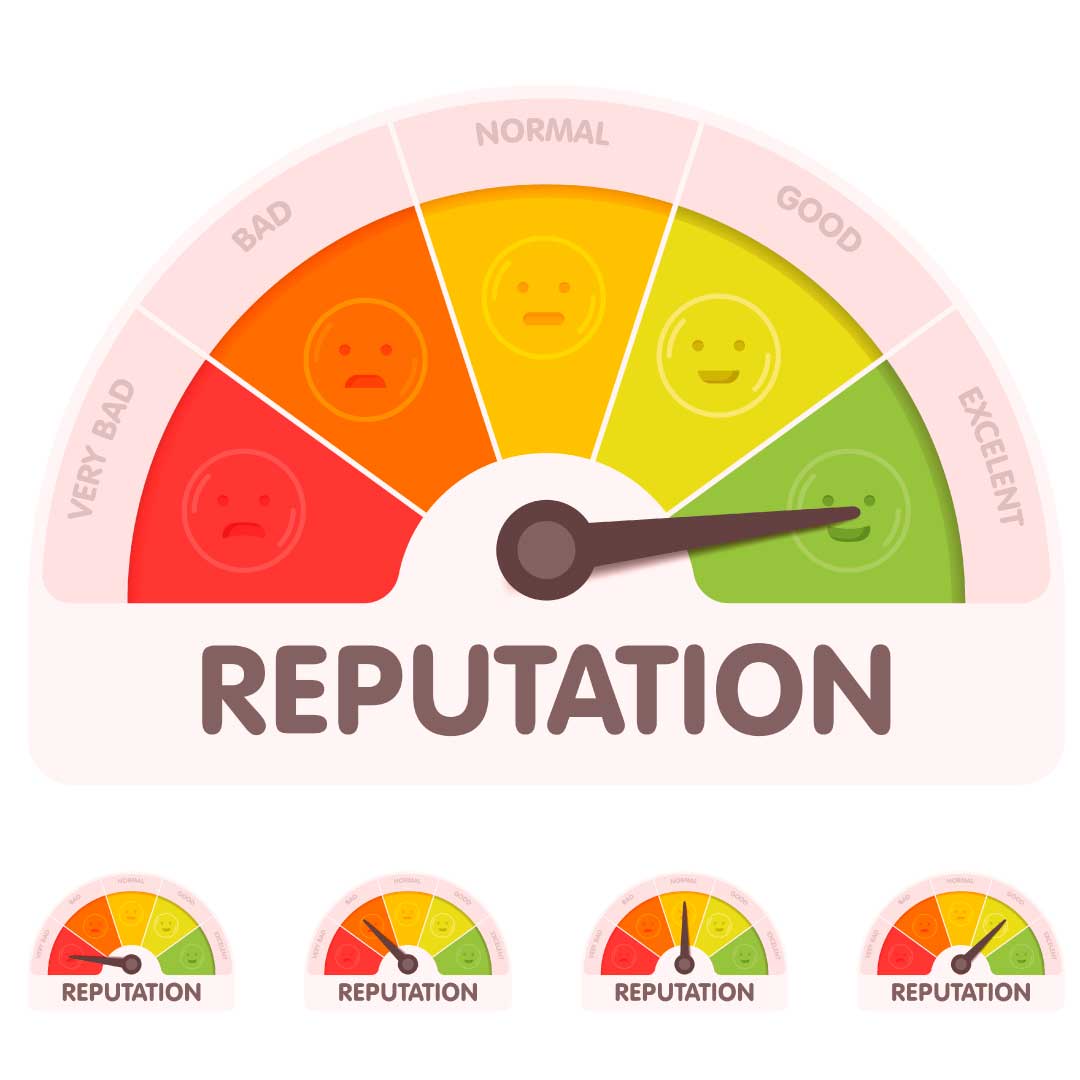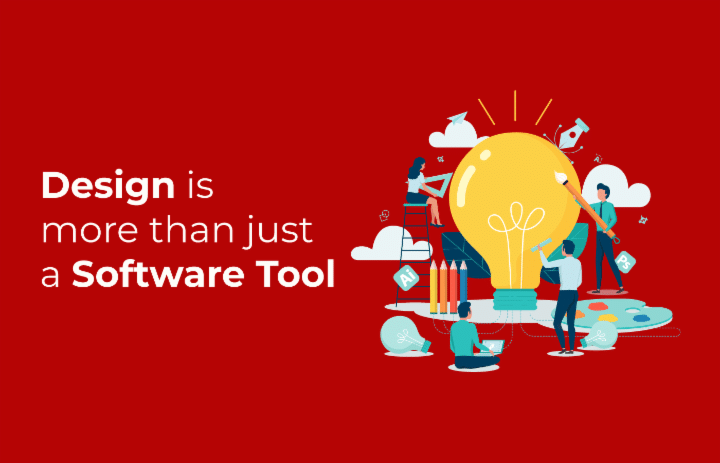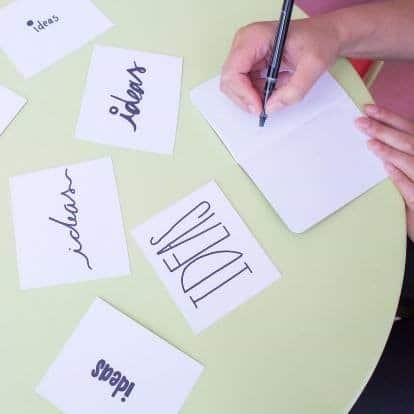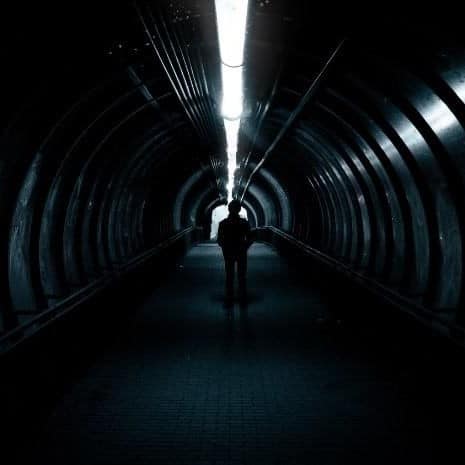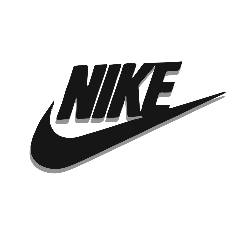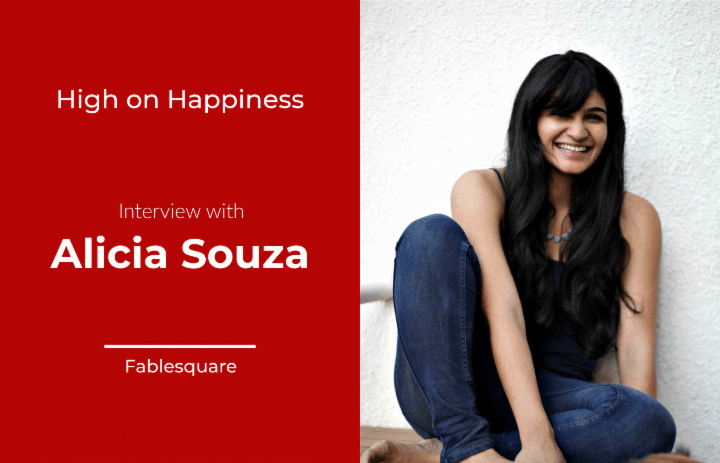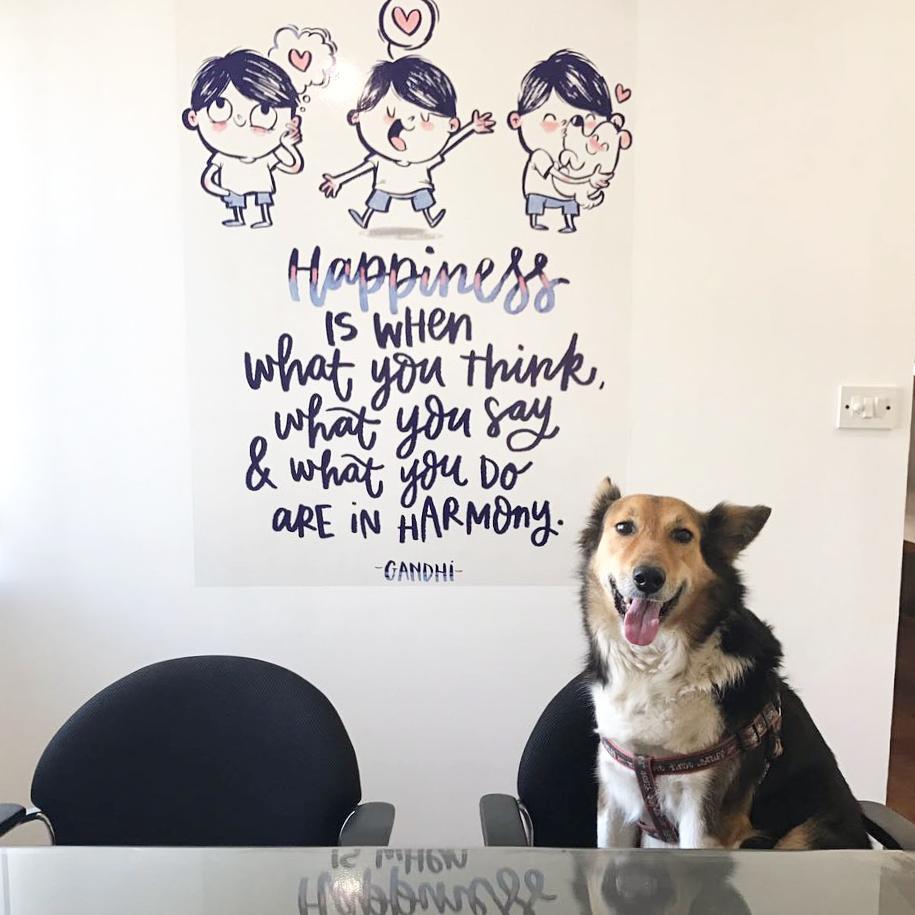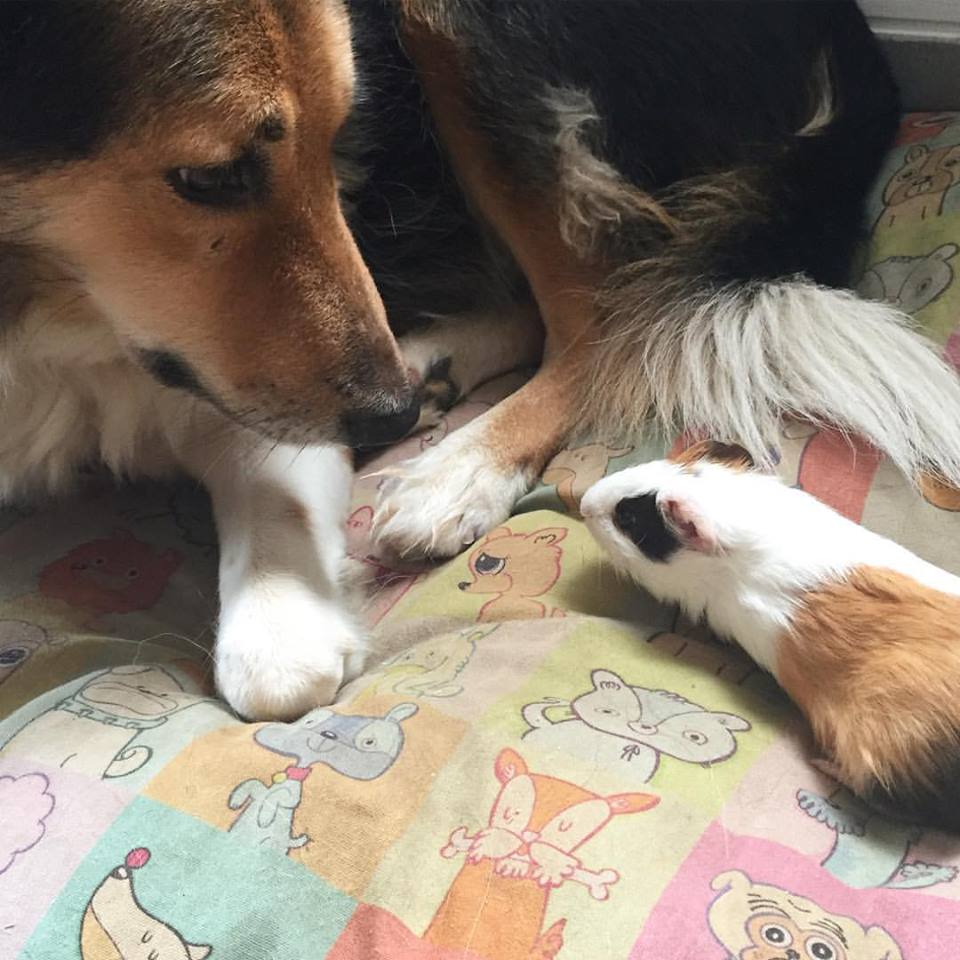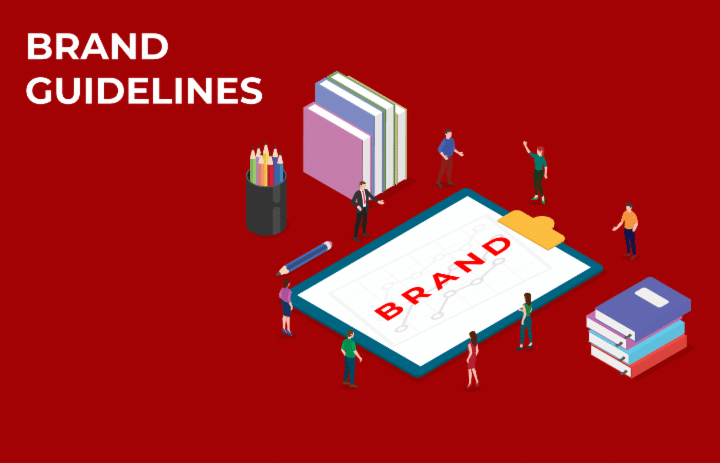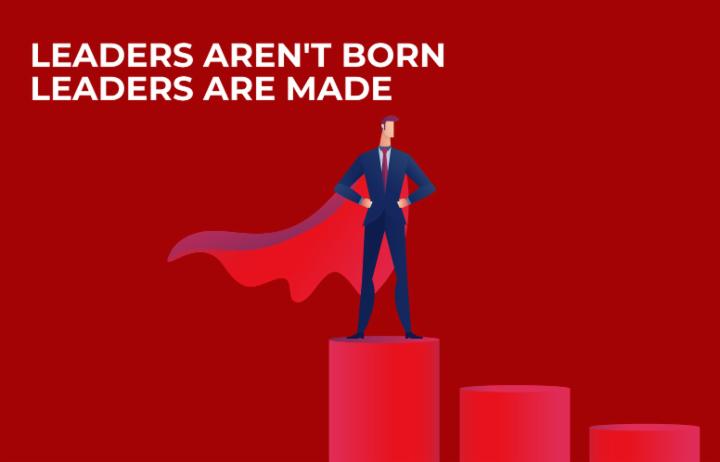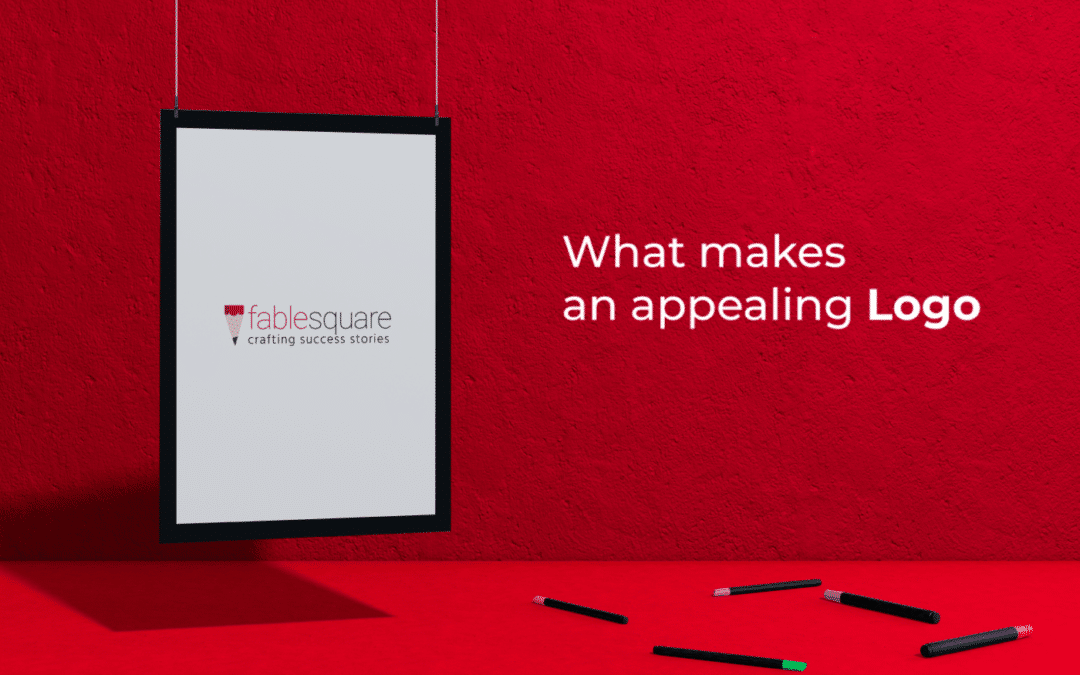
What makes an appealing Logo
What makes an appealing Logo
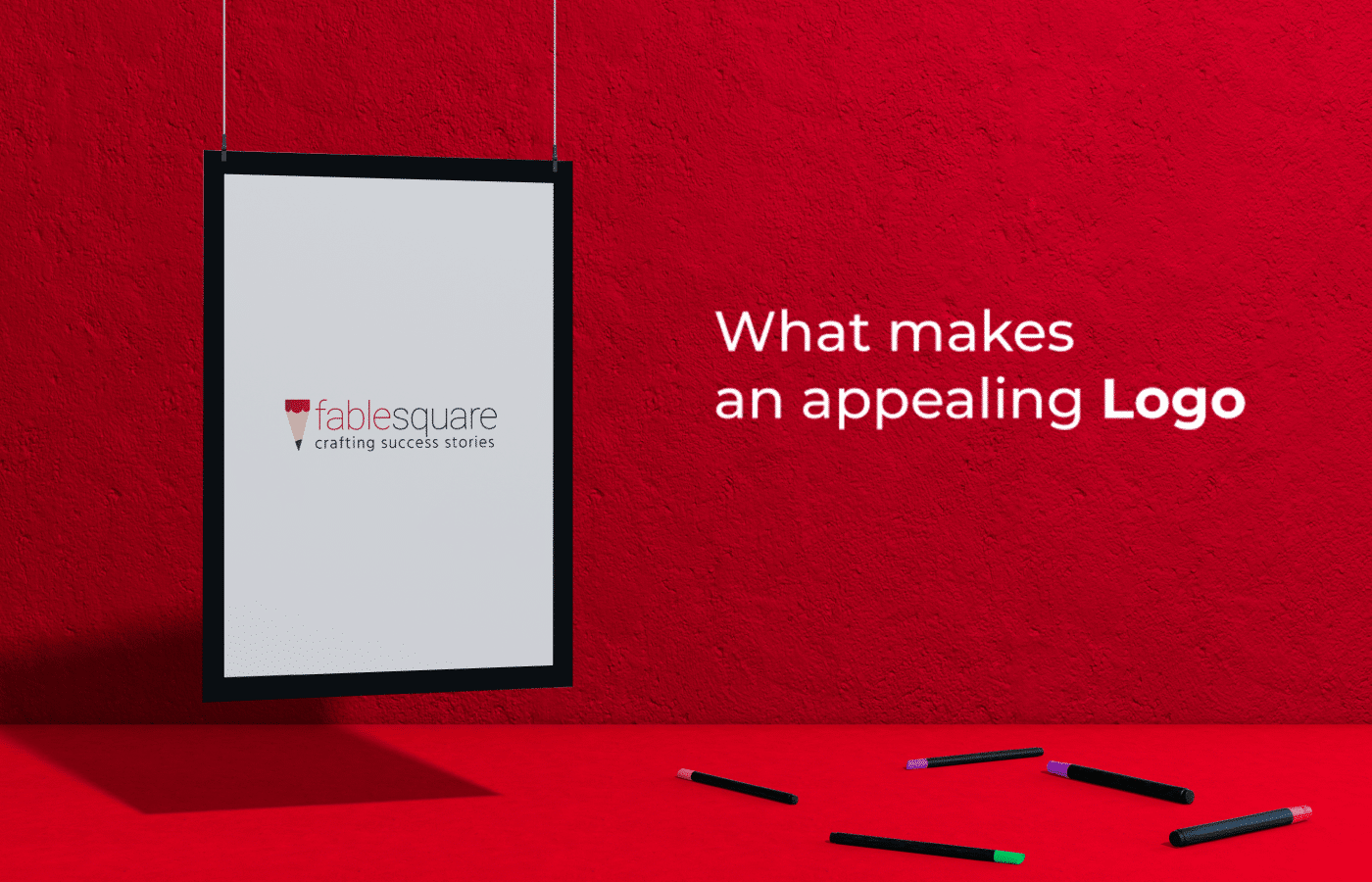
Imagine brands like Nike, McDonald’s, Apple, Coca- Cola, Unilever…
When you call to mind the above brands, the first thing that comes to your mind is their Logos, which gives an idea of the importance of a Logo.
A logo is a symbol or a visual representation of your brand that helps to be recognised and remembered by your customers or audience.
There are various types of logos-Monogram logos (or letter-marks), Word-marks (or logotypes), Pictorial marks (or logo symbols), Abstract logo marks, Mascots (Illustrated characters), Emblems.
Importance of Logo
As mentioned in the previous Blog – 5 REASONS WHY YOUR BUSINESS NEEDS A GOOD LOGO, a good logo is essential for a brand, for the following reasons-
- To represent a business
- To build customer loyalty
- In order to establish a brand identity
- To facilitate branding
- Differentiate your business from the rest
Elaborately, a logo creates the first and a lasting impression of your brand in the eye of the beholder. As the cliched saying goes ‘The first impression is the best impression’ it creates an identity to the business, as an image, in the mind of the audience. It states the purpose of your business- although the logo is only a symbol it has more power to it as it represents your brand and becomes a part of your brand identity. A unique logo helps your brand to differ from that of your competitors and helps the customers recognise your brand and If the customer is able to build familiarity around the brand, it is more likely for them to become a loyal customer.
Constituents of an appealing Logo
A great logo is a combination of creativity, simplicity and significance. It also largely depends on the technical aspects like shape, colour and font.
Most important intention is to create the core message in a logo which is possible only if the above properties go hand in hand.
Importance of colour and shape in logo designing
Colour is a tricky concept in terms of the psychological aspect. Colours have different meanings in different Society. You should make sure to do detailed research before choosing one. For instance, Red can mean love as well as danger, Black- power and death, etc.
Minimal colour on the logo can be a boon! Not more than two colours should be used for a logo as it can be difficult for the viewers to remember or recall.
The logo colours can also be used for your entire branding strategy which can help the customers associate the colour with your brand.
In a logo, each letter form is carefully designed in detail to fit a shape to get the finest of details right.
The use of Golden Ratio is a very popular technique in Logo designing. The Golden Ratio is a number (1.618) also called Phi that helps you create beautiful, perfectly balanced design. Apple, Pepsi and Twitter logos are a few examples of this technique.
Creativity is the Essence
Creativity is the key to designing an appealing Logo. It plays a crucial role in brand recognition. It involves all the above mentioned aspects and more, including Creative elements that can help the logo connect with the brand and its viewers and aim to make it unique and enduring.
Logos with multi-lingual characters to add some regional essence to it –
Example- Logo of ‘Big 10’BMTC busses is also spelt in Kannada, the regional language of Karnataka which is visible in a 45º angle perspective.
Creativity shouldn’t confuse the viewers, instead be simple and appealing to the viewer so that it is pleasing to the eye and easier to remember. It should consist not more than 2 or 3 agreeing colours with minimal design components.
Example of a simple Logo:
Dunzo
The delivery app Dunzo has a Black on green logo, the letter D in black with a lightning symbol in green which means fast and efficient delivery.
An example of a logo that could confuse the viewers:
Yulu
The prior Logo of Yulu came out to be a confusing logo for a lot of viewers. It portrays a cycle with the company’s name and a curve representing the cycle wheels prior to the name which looked like the letter ‘c’. Since a lot of people were not familiar with the startup, the name was easily mistaken.
At present Yulu has adapted to a new logo.
The Fablesquare team have designed a handful of successful creative Logos for their clients among which, a few are mentioned below :
Privera
PRIVERA by Tech Mahindra is a global privacy ecosystem. It protects the individual’s right to privacy, consent and grievance redressal across multiple industries, including health care, financial services, retail and government.
Use of details on the Logo like the shackle, human fingerprint, the shield, stars lining the bottom of the shield, etc work on representing Privera’s objective – Data security.
The colour blue used in the logo creates a sense of security while showing loyalty and professionalism towards the customer.

Khadi Nation
The elements on the Logo are thoughtfully put together to form an essential meaning of the Brand – A clothing line that has enabled thousands of weavers with their sustenance.
The Logo represents a wheel / Charaka of hands spinning thread. There are 24 hands in total, the hands represent the weavers, 24 (strokes) is a tribute to the Indian heritage.

Nexverx
An IoT solutions company with products in the automobile space, the logo was typography with colours used according to the client’s preference. The logo denotes Transmission and Reception by connecting the two‘X’s in Nexverx. The thought behind the logo is fluid communication between the sender and the receiver.
Bug snap
The logo of Bug snap easily gives away the specific purpose of the product – to eliminate Bugs. The letter ‘g’ is designed to look like a bug and the word snap is enclosed in an arrow pointed at the bug indicating that the product kills bugs.

Conclusion
Logos are the face of a brand or an entity, a good logo forms an identity and helps with customer trust and reliability. A logo should be able to stick with the brand for a long time so that people can grow comfortable with it through time and should be able to relate it with the company as soon as they come across it.
